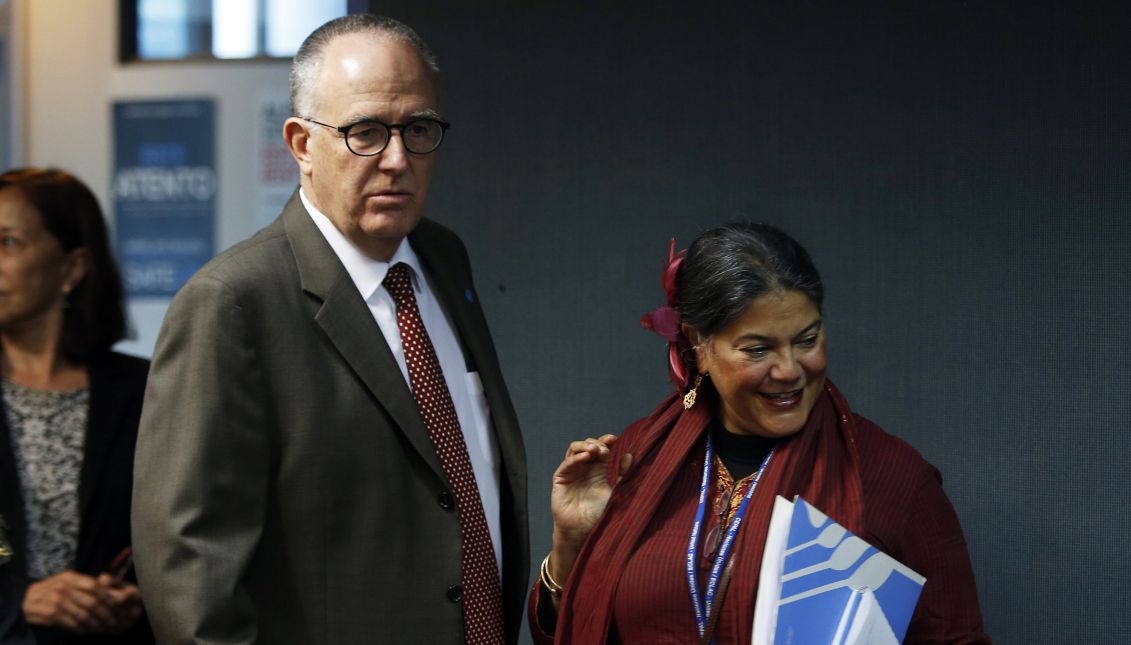
FAO Alerts Hunger and Obesity increased in Latin America in 2016
Country-by-country data show big differences in the region, where a privileged group made up of Brazil, Cuba and Uruguay had a hunger rate of less than 2.5…
Hunger increased 6 percent in Latin America and the Caribbean in 2016, a region with 42.5 million people suffering from malnutrition, while overweight and obesity also continued to grow, the United Nations' Food and Agriculture Organization (FAO) said Tuesday.
After several years of steady improvement, the number of people suffering from hunger grew by 2.5 million in 2016 over the previous year, FAO said.
The statistics are part of the report "Panorama of Food and Nutritional Security in Latin America and the Caribbean 2017," developed together with the Pan American Health Organization (PAHO).
"The region has taken a big step backwards in a fight it had been winning. We can't tolerate the current levels of hunger and obesity, since it will affect an entire generation," FAO's regional representative Julio Berdegue said.
Though hunger levels are still low in Latin America and the Caribbean compared with some other parts of the world, there are signs the situation is deteriorating, particularly in South America, where hunger grew from 5 percent in 2015 to 5.6 percent in 2016.
RELATED CONTENT
Malnutrition affected 6.5 percent of the Central American population in 2016 and 17.7 percent in the Caribbean, the subregion with the highest percentage, while Haiti once again suffered the most hunger, with almost 47 percent of the population affected.
Country-by-country data show big differences in the region, where a privileged group made up of Brazil, Cuba and Uruguay had a hunger rate of less than 2.5 percent, the FAO said.
They were followed by Argentina, Barbados, Chile, Mexico and Trinidad and Tobago, with hunger rates of 5 percent or less. Several countries had percentages of malnutrition of more than 20 percent, like Grenada, Bolivia, and Antigua and Barbuda.
"It's easy to find homes with one child suffering malnutrition and an overweight mother, or a child with both malnutrition and overweight plus a vitamin and mineral deficiency," PAHO Director Carissa F. Etienne said in the report.









LEAVE A COMMENT: